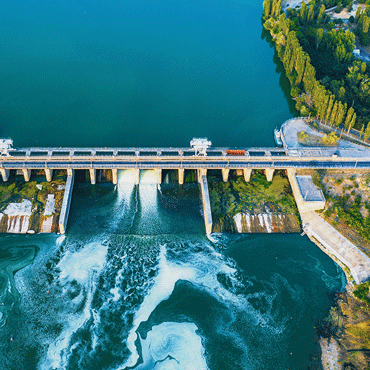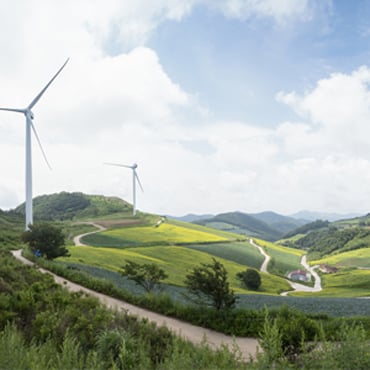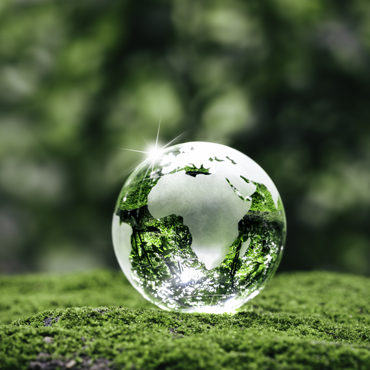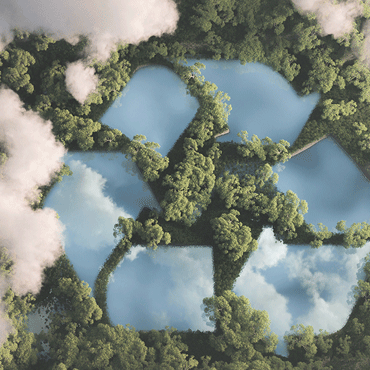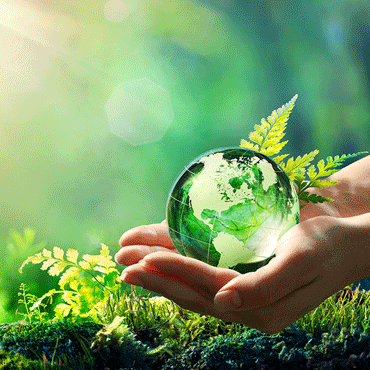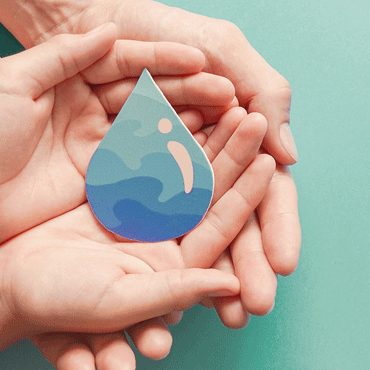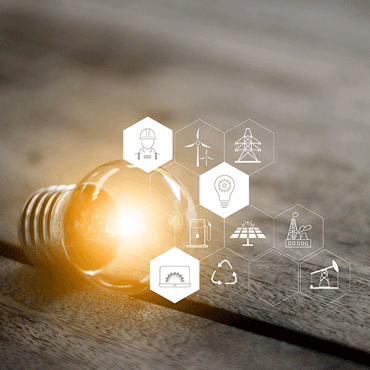Prysmian seeks to plan activities that are respectful of natural habitats in order to maintain their balance without adversely affecting any of the biological functions of the areas selected for operations, whether on land or at sea, while restoring any habitats that are adversely impacted by those activities. This commitment involves carrying out prior feasibility analyses of new plants and monitoring protected areas in the context in which the Group operates, considering aspects such as local legislation on biodiversity and the geographical proximity of its plants to protected areas or environments where potentially endangered species are present.
In order to consolidate the Group’s commitment to protecting biodiversity and nature, Prysmian has established an inventory of protected areas — prepared directly by each plan — that will be updated annually. The analyses carried out and the inventories show that the majority of Prysmian Group plants are currently not located in or near protected areas. Where necessary, or as agreed with the local authorities, Prysmian plants take part in conservation initiatives, including for example:
• in 2021, the Sorocaba site in Brazil, within which there is a Permanent Preservation Area (about 10 hectares, divided into two lots), launched a project in coordination with CETESB (Governmental Environmental body) to plant or sow seeds for about 960 plant organisms as environmental compensation for use of the protected area;
• a similar request was made by the Brazilian municipality of Pocos de Caldas in 2022. The site arranged to plant 220 native plant species in an area of 2,630 m2 within the Prysmian site;
• at the site in Washington (UK), an area of 36 m2 has been dedicated to the preservation of local flora and fauna.
As part of marine and land installation activities, which usually occur in areas of high natural value, there may be a need to provide measures to protect species identified as being at risk according to national regulations.



